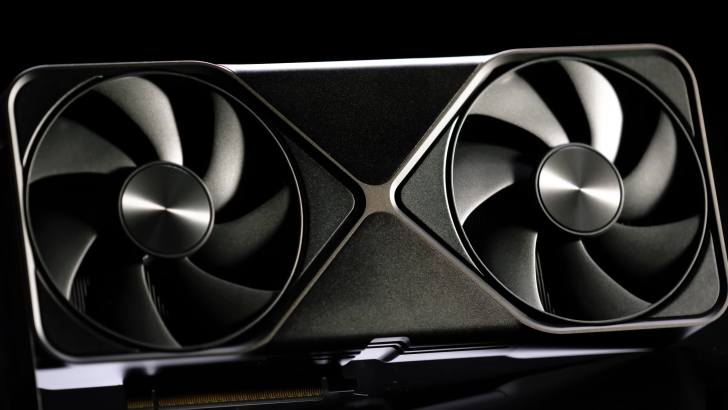NVIDIA’s latest flagship GPU, the Blackwell, is making waves in the tech community, particularly regarding its performance under varying PCIe bandwidths. This GPU is essential for professionals in video editing and content creation, where performance is paramount. Recent findings have revealed a concerning trend: dropping the PCIe bandwidth can lead to significant performance losses in these demanding applications.
Performance Impact of PCIe Bandwidth
The performance of a GPU, particularly the NVIDIA GeForce RTX 5090, is heavily influenced by the PCIe bandwidth it is allocated. With the advent of PCIe 5.0, bandwidth plays an even more critical role in performance, especially for intensive tasks like video rendering. Conducted by Puget Systems, extensive testing highlighted the implications of using lower PCIe lanes. The results showed that the RTX 5090 suffers substantial performance drops when operating outside of its optimal PCIe bandwidth.
One key takeaway from the tests is the impact of additional PCIe devices on GPU performance. Many motherboards feature a single PCIe 5.0 x 16 slot, which allows the RTX 5090 to utilize its full capabilities. However, if other add-in cards, like network cards or sound cards, are connected, they can share the bandwidth, effectively reducing the lanes available to the GPU. This limitation can lead to dramatic decreases in performance, particularly in render-heavy applications.
Specific Performance Metrics
In testing various popular software tools, significant performance decreases were recorded when the RTX 5090 was limited to PCIe 3.0 x 4 bandwidth. For instance, Adobe After Effects experienced a performance hit exceeding 10% under these conditions. In more intensive software, such as DaVinci Resolve, the performance degradation was even more pronounced, with over a 20% decrease noticed when workload demands were high and bandwidth was restricted. These results underscore how vital it is for users, particularly those involved in high-end content creation, to ensure their systems can provide the necessary PCIe bandwidth.
Interestingly, not all applications were as severely impacted. For example, benchmarks conducted in Unreal Engine demonstrated that performance differences were negligible across various PCIe configurations. This trend was also observed with AI benchmarks, such as the Llama.cpp performance tests, where lower PCIe bandwidth did not significantly affect performance. This resilience in certain applications is primarily because they rely heavily on GPU VRAM rather than PCIe bandwidth, making them less susceptible to the constraints imposed by limited PCIe lanes.
- Adobe After Effects: >10% performance loss at PCIe 3.0 x 4
- DaVinci Resolve: >20% performance loss at PCIe 3.0 x 4
- Unreal Engine: Negligible performance impact across configurations
- Llama.cpp: No significant performance change with reduced PCIe bandwidth
Considerations for Professionals
For the average consumer playing games or using non-intensive applications, the implications of PCIe bandwidth may be minimal, as most gaming scenarios do not saturate the available bandwidth. However, for professionals in video editing, AI, and rendering workflows, the risks of performance loss cannot be overlooked. With the increasing usage of multiple add-in cards for various functionalities, ensuring that the GPU can operate under full PCIe bandwidth is crucial.
The NVIDIA RTX 5090 stands out as a premiere choice, but users must be aware of how their system configurations can impact its capabilities. With competitors also entering the market, such as AMD’s RDNA 3 architecture, which promises competitive performance, NVIDIA must continuously demonstrate that their technology can maximize efficiency under the right conditions. This also raises important considerations about motherboard designs. Given the performance implications, manufacturers may need to rethink the architecture of PCIe lanes to better serve high-performance GPUs.
Market and Community Response
The reaction within the tech community has been one of both intrigue and concern. Many professionals are sharing their experiences and seeking configurations that ensure optimal performance for their RTX 5090s. Discussions around motherboard specifications and PCIe lane distribution are rampant in forums and tech blogs, indicating a heightened awareness around the importance of bandwidth allocation in modern computing environments. With NVIDIA’s GPU maintaining a reputation for excellence in rendering and AI workloads, users are eager to understand how to fully leverage its capabilities without succumbing to bandwidth limitations.
In summary, while the performance of the NVIDIA RTX 5090 is impressive, users must allocate adequate PCIe bandwidth to unlock its full potential. As content creation demands grow, being informed about these technical nuances will be essential for professionals aiming to create high-quality content efficiently.

